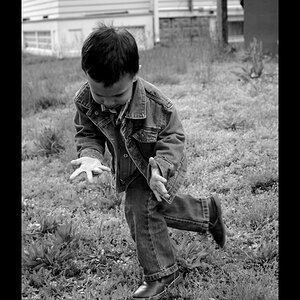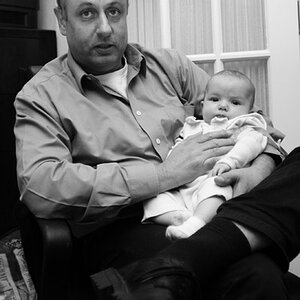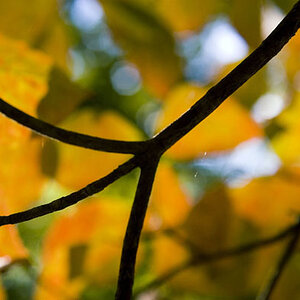Grandpa Ron
Been spending a lot of time on here!
- Joined
- Aug 9, 2018
- Messages
- 1,155
- Reaction score
- 700
- Can others edit my Photos
- Photos OK to edit
Recently I was reading and article about adding color filters to Black and White photos.
Without going to the cost of buying a filter kit, one could get a good idea of the filter effect in post processing. There were many examples of various filter effect which tweaked my interest.
Except for adjusting for exposure I am not fan of post processing, though I sometime think my "as shot" thinking, clouds my view. So I took a previously posted photo of a milk weed against a brick wall and added blue filtering to increase the contrast.
I have posted the original color photo, the black and white photo and the blue filtered photo. I am curious which of theses the you folks prefer. Like most photographic works there no right answer just reasoned opinions.
Color B&W
B&W 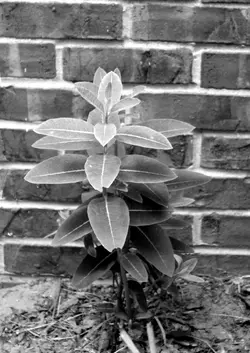 Blue Flt.
Blue Flt. 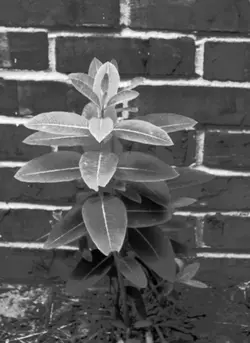
Without going to the cost of buying a filter kit, one could get a good idea of the filter effect in post processing. There were many examples of various filter effect which tweaked my interest.
Except for adjusting for exposure I am not fan of post processing, though I sometime think my "as shot" thinking, clouds my view. So I took a previously posted photo of a milk weed against a brick wall and added blue filtering to increase the contrast.
I have posted the original color photo, the black and white photo and the blue filtered photo. I am curious which of theses the you folks prefer. Like most photographic works there no right answer just reasoned opinions.
Color
 B&W
B&W  Blue Flt.
Blue Flt. 



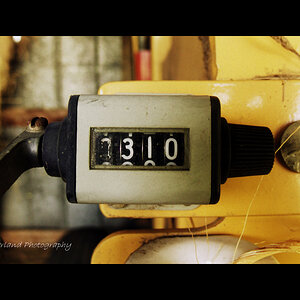
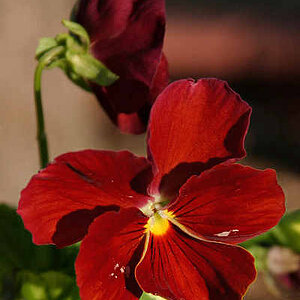
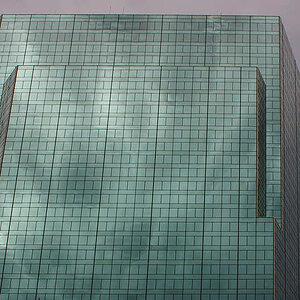


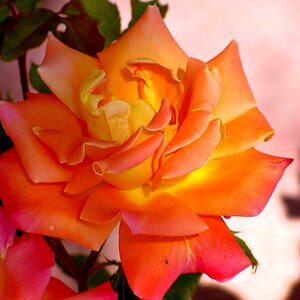
![[No title]](/data/xfmg/thumbnail/30/30863-8c53522e4ed851e96cb7411e74b9fe59.jpg?1619734482)

